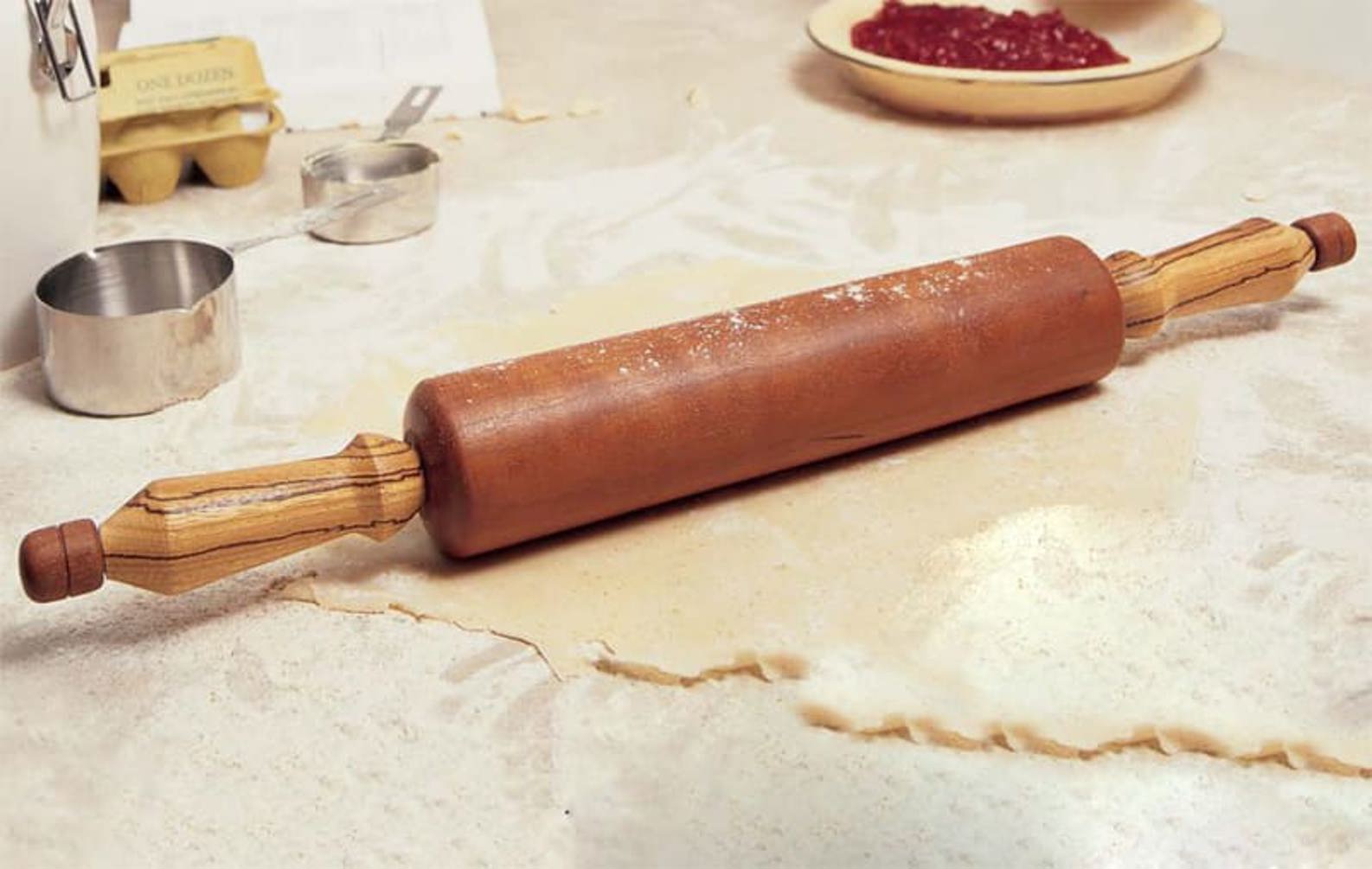

The History of the Rolling Pin
In every baker’s arsenal there is one tool that has withstood the passage of time and remains much the same today as it was at its conception. The rolling pin is a versatile tool, used for baking pies and pizzas, decorating cakes, rolling out cookie dough, and more. First produced in the 9th century in what is now Italy but was then known as Etrucia, rolling pins were made out of wood, baked clay, stone, or glass. The Etruscan’s advanced society is known for its complicated cuisine that utilized various tools, including the rolling pin, that the invading Greeks and Romans adopted before the Etruscan society was wiped out. Their love of food and the tools they used to create their food is well-documented on vases, murals, and tomb walls, however.
The mid-1800s was the earliest commercial production of the rolling pin, with maple and cherry wood being the preferred material. The late 1800s saw the rolling pin evolve more into what we see today, with the addition of handles thanks to J.W. Reed. Handles were an important evolution, as it kept the baker’s hands off the part of the pin used to roll out the dough. While handles are preferred by some bakeries in Lafayette, LA, the French rolling pin has made a resurgence in recent years because of its easy to clean, easy to use features. French rolling pins are made without handles, are typically thinner and longer than handled rolling pins, and can come straight or with tapered ends. The tapered ends allow for easy maneuverability, but the straight French rolling pin is easier to use for the novice baker and creates a more even roll-out than the tapered one.
The type of rolling pin you use depends on what you are baking or cooking, and the needs of your pastry dough. Heavy rolling pins with handles and ball bearings are typically used for laminated dough and yeasted dough. Stone rolling pins (such as marble ones) are appropriate for dough and pastries that need to remain cold, such as laminated dough for croissants, napoleons, etc. In Italy, chilled full wine bottles are still a popular tool to roll out dough as they are heavy and easy to use. Modern innovations have seen rolling pins coated in silicone, metal, and patterned to make pretty designs in the pastry dough with the press of your hands.

